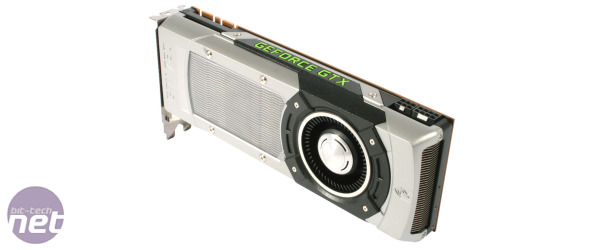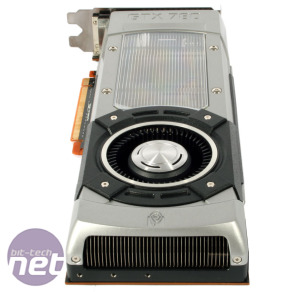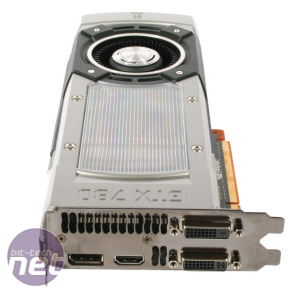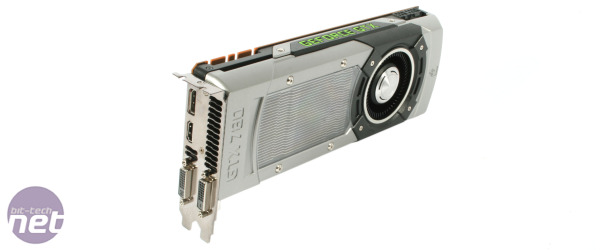
Conclusion
Despite the GTX 780 3GB’s name, this really can’t be seen as a replacement of the current GTX 680 in Nvidia’s product stack, thanks largely to that hefty £550 price tag. We’ve not seen a major card released at this price for a number of years, and it likely signals an upward shift in Nvidia’s product stack.Despite its place higher up the stack, does the GTX 780 3GB justify its price tag though? Looking back a few generations, GTX 580 1.5GB replaced GTX 480 1.5GB with a twenty per cent jump in performance, while GTX 680 2GB, running a new architecture, offered around a further thirty per cent improvement over the GTX 580. All three launched at around £420, so while we’re certainly impressed by the 30-35 per cent jump in performance over GTX 680, historically such performance improvements aren’t out of the question from gen-to-gen at the same price point. This makes the £550 rankle a little, but with no new architecture or silicon improvements to drive performance upwards at the same price, the rest of the stack is likely to remain static when it comes to price/performance.
Click to enlarge
That would certainly suit AMD; with it having stated that its 9-series GPUs based on its re-named Volcanic Islands architecture won’t be available until much later in the year, its 7-series remains relevant in the face of GTX 780, at least for now. If Nvidia had launched GTX 780 at the historic £420 price of its top end cards and shifted its existing stack down a rung (as is usually the case of new generations of cards) it could have really shaken things up. As it stands, GTX 780 retains the status-quo (and Nvidia’s record profit margins).
Click to enlarge
With that in mind, is GTX 780 3GB a worthwhile buy? It’s certain to make most GTX Titan adopters suffer an acute case of buyer’s remorse. Despite being £300 cheaper than GTX Titan, GTX 780 performs to within 10-15 per cent of Nvidia’s hero card and when overclocked, even on air, is able to surpass it at single-screen resolutions. Unless your workload hinges on double precision compute calculations, Titan is almost made obsolete by GTX 780 3GB, something we can’t say we envisioned when we reviewed it just 3 months ago.
In comparison to the existing 6-series, it’s more difficult to recommend; despite the 30 per cent performance edge over GTX 680 2GB, GTX 780 3GB demands close to a 40 % price premium, and without the hero-card status afforded to Titan, has to be more realistically considered. With GTX 680 over a year old, this seems like something of a raw deal, especially as GTX 680 remains an extremely capable card at 1,920 x 1,080. We don’t think that over a generation gap we’re unreasonable looking for an increase in performance without the price bump and GTX 780 3GB just doesn’t offer that. It could have launched 12 months ago in the exact same place in the market and not been out of place, but that's 12 months ago.
Click to enlarge
With little to shake up the GPU market, at least until the year’s end, GTX 780 3GB remains relevant, serving as a far more reasonably priced-super-high-end card than GTX Titan. However, it’s simply isn't as compelling an upgrade as its predecessors, filling a new price point instead of replacing any current product. Let’s hope the rest of Nvidia’s refreshed 7-series is more compelling.
-
Value14 / 30
-
Features27 / 30
-
Performance38 / 40


MSI MPG Velox 100R Chassis Review
October 14 2021 | 15:04












Want to comment? Please log in.